CONCRETE SLUMP TESTS – MEASURING THE WORKABILITY OF CONCRETE
Concrete slump test or slump cone test is to determine the workability or consistency of concrete mix prepared at the laboratory or the construction site during
the progress of the work.
Concrete slump test is carried out from batch to batch to check the uniform quality of concrete during construction.
The slump test is the most simple workability test for concrete, involves low cost and provides immediate results.
Due to this fact, it has been widely used for workability tests since 1922.
The slump is carried out as per procedures mentioned in ASTM C143 in the United States,IS: 1199 – 1959 in India and EN 12350-2 in Europe.
Generally concrete slump value is used to find the workability, which indicates water-cement ratio, but there are various factors including properties of materials,
mixing methods, dosage, admixtures etc. also affect the concrete slump value.
FACTORS WHICH INFLUENCE THE CONCRETE SLUMP TEST
Material properties like chemistry, fineness, particle size distribution, moisture content and temperature of cementitious materials.
Size, texture, combined grading, cleanliness and moisture content of the aggregates,
Chemical admixtures dosage, type, combination, interaction, sequence of addition and its effectiveness,
Air content of concrete,
Concrete batching, mixing and transporting methods and equipment,
Temperature of the concrete,
Sampling of concrete, slump-testing technique and the condition of test equipment,
The amount of free water in the concrete, and
Time since mixing of concrete at the time of testing.
EQUIPMENTS REQUIRED FOR CONCRETE SLUMP TEST
Mold for slump test i.e. slump cone, non porous base plate, measuring scale, temping rod.
The mold for the test is in the form of the frustum of a cone having height 30 cm, bottom diameter 20 cm and top diameter 10 cm.
The tamping rod is of steel 16 mm diameter and 60cm long and rounded at one end.
SAMPLING OF MATERIALS FOR SLUMP
A concrete mix (M15 or other) by weight with suitable water/ cement ratio is prepaid in the laboratory similar to that explained in 5.9 and required for casting 6 cubes
after conducting Slump test.
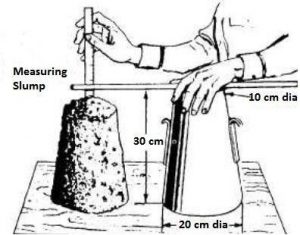
PROCEDURE FOR CONCRETE SLUMP CONE TEST
Clean the internal surface of the mould and apply oil.
Place the mould on a smooth horizontal non- porous base plate.
Fill the mould with the prepared concrete mix in 4 approximately equal layers.
Tamp each layer with 25 strokes of the rounded end of the tamping rod in a uniform manner over the cross section of the mould.
For the subsequent layers, the tamping should penetrate into the underlying layer.
Remove the excess concrete and level the surface with a trowel.
Clean away the mortar or water leaked out between the mould and the base plate.
Raise the mould from the concrete immediately and slowly in vertical direction.
Measure the slump as the difference between the height of the mould and that of height point of the specimen being tested.
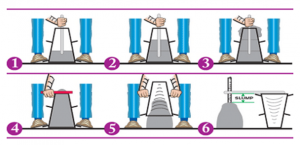
NOTE: The above operation should be carried out at a place free from Vibrations or shock and within a period of 2 minutes after sampling.
SLUMP VALUE OBBSERVATIONS
The slump (Vertical settlement) measured shall be recorded in terms of millimeters of subsidence of the specimen during the test.
RESULTS OF SLUMP TEST ON CONCRETE
Slump for the given sample= _____mm When the slump test is carried out, following are the shape of the concrete slump that can be observed:

Figure-3: Types of Concrete Slump Test Results
True Slump – True slump is the only slump that can be measured in the test.
The measurement is taken between the top of the cone and the top of the concrete after the cone has been removed as shown in figure-1.
Zero Slump – Zero slump is the indication of very low water-cement ratio, which results in dry mixes. These type of concrete is generally used for road construction.
Collapsed Slump – This is an indication that the water-cement ratio is too high, i.e. concrete mix is too wet or it is a high workability mix, for which a slump test is not appropriate.
Shear Slump – The shear slump indicates that the result is incomplete, and concrete to be retested.


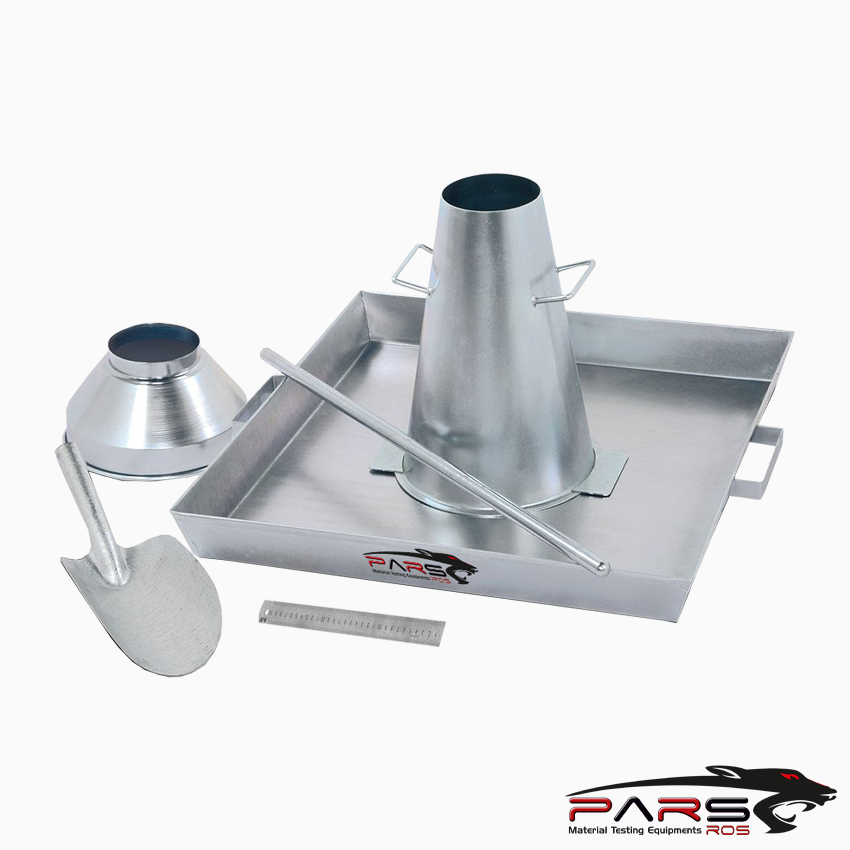
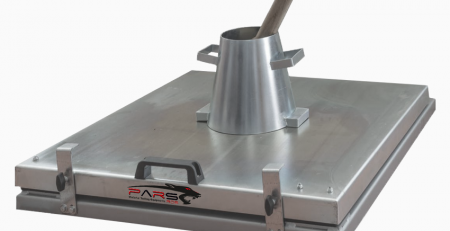
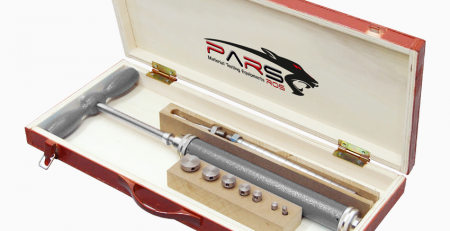
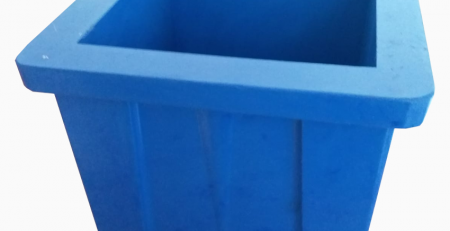
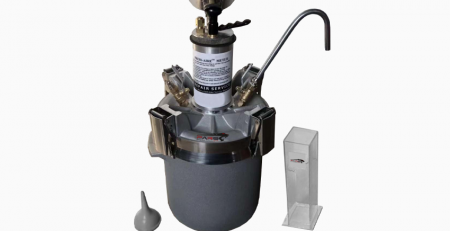
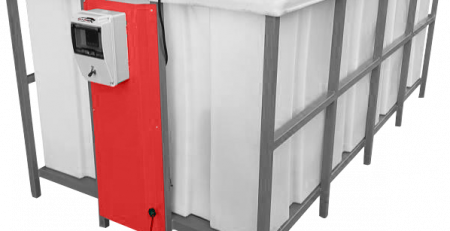
Leave a Reply
You must be logged in to post a comment.